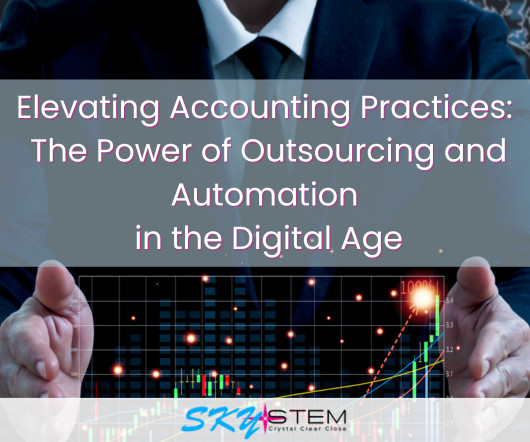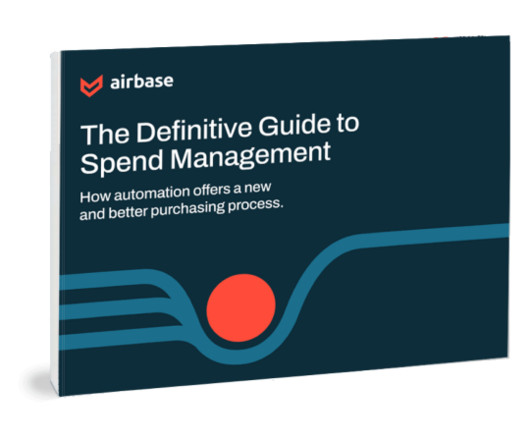Throughput price setting
Accounting Tools
SEPTEMBER 2, 2023
Related Courses Constraint Management Effective Sales Management How to Set Prices Based on Throughput The use of throughput concepts can be used to arrive at product price points that allow for a sufficient amount of cash spinoff to fund the continuing growth of a business. In essence, throughput focuses on the amount of profit that can be derived by altering the mix of products passing through a bottleneck operation.



























Let's personalize your content